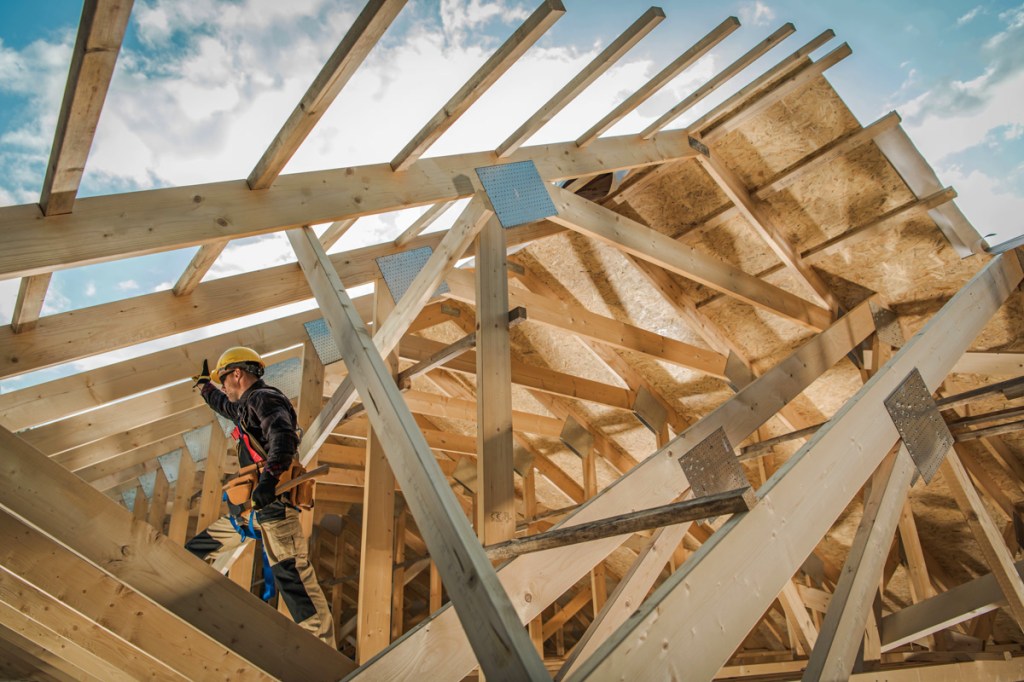Another month of rising COVID-19 cases left the U.S. unemployment situation virtually unchanged for the third month in a row, dropping just .4% to 6.3% in January, according to the U.S. Labor Department. Total nonfarm payroll employment managed to gain by 49,000 in January, but is still 9.9 million below its February 2020 level.
Professional and business services, education sectors and wholesale trade led the overall gains January witnessed. However, they were met by massive decreases in leisure and hospitality, retail trade and even health care — specifically in jobs that tend to the elderly, a population extremely vulnerable to the pandemic.
According to Doug Duncan, chief economist at Fannie Mae, weakness in sectors reliant on people gathering in close proximity highlights the importance of the distribution of an effective COVID-19 vaccine.
“The number of people on temporary layoff fell slightly in January, while the number of permanent job losers rose, a troubling sign. On the other hand, the number of people working part time but who would prefer full time employment also fell slightly, a positive indicator of labor demand,” Duncan said.
Overall, the level of payroll employment is still below its February 2020 peak value by about 6.5%.
Non-QM lending is poised for growth in 2021
HousingWire recently spoke with Mike Fierman, managing partner and co-CEO of Angel Oak, about the non-QM lending outlook for 2021 and how Angel Oak’s “originate to hold” model benefits originators.
Presented by: Angel Oak
With the housing sector battling ongoing supply constraints, a loss of 3,000 jobs in construction employment may be a slight hiccup after 8 solid months of growth.
But Mike Fratantoni, chief economist at the Mortgage Bankers Association, said he expects construction to grow later in the year.
“While it was little changed in January, we do anticipate further growth in the sector this year, which will help to address the critical shortage of housing inventory on the market,” Fratantoni said.
Although the headline unemployment rate declined, there are still 4 million people who have been actively looking for work for 27 weeks or longer.
Long-term unemployment last ballooned during the Great Recession, hovering around 40% of the overall jobless population from late 2009 into 2013, the highest in the series’ 73-year history.
“These are the workers that need additional support from the proposed stimulus bill, including enhanced unemployment benefits and direct payments,” Fratantoni said.
On Friday, President Biden spoke with Democratic leaders on January’s jobs report and the urgency in which the administration needed to work to boost employment.
“We’re going to be talking about the recovery package, but we saw the jobs report that only 6,000 private sector jobs have been created,” Biden said. “And at that rate, it’s going to take 10 years before we get to full employment. That’s not — that’s not a hyperbole; that’s a fact. We’re going to be in a situation where it’ll take a long, long time.”
Vice President Kamala Harris broke her first 50-50 tie in the Senate on Friday that will advance the budget resolution and clear the way for Biden’s “American Rescue Plan” to be passed with a simple majority.
“This is not just about numbers; this is about people’s lives. People are — I don’t have to tell any of you, they’re really hurting. People are being evicted,” Biden said.
According to ATTOM Data Solutions, thanks to the number of foreclosure and eviction moratoriums enacted for nearly a year now, foreclosure filings are to the lowest level since the data company began tracking in 2005.
“There is a backlog of foreclosures building up – loans that were in foreclosure prior to the moratoria; loans that would have defaulted under normal circumstances; and loans whose borrowers are in financial distress due to the pandemic,” said Rick Sharga, executive vice president of RealtyTrac, an ATTOM Data Solutions company.





